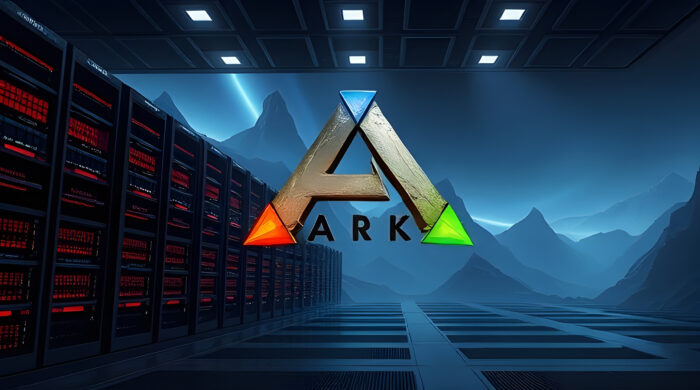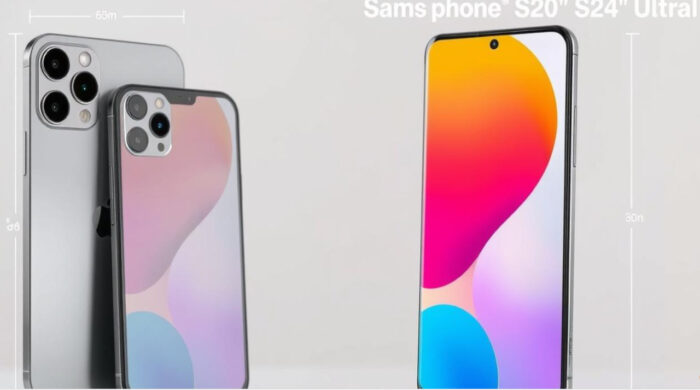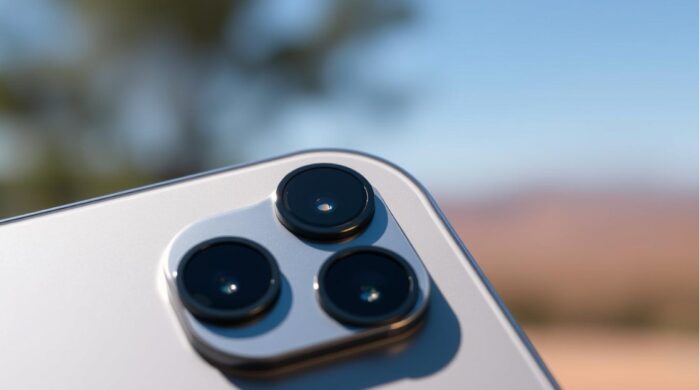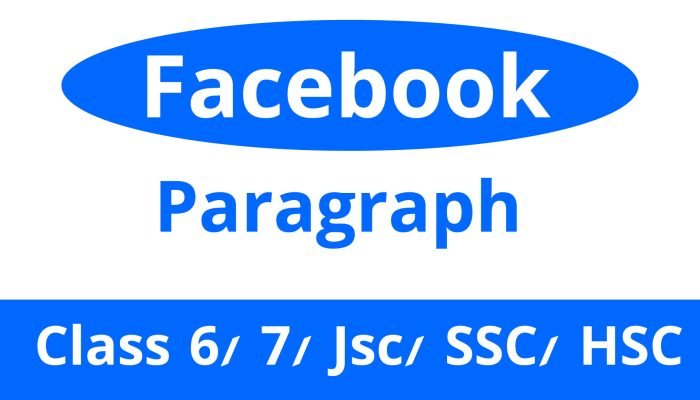how does graphic card impact computer performance
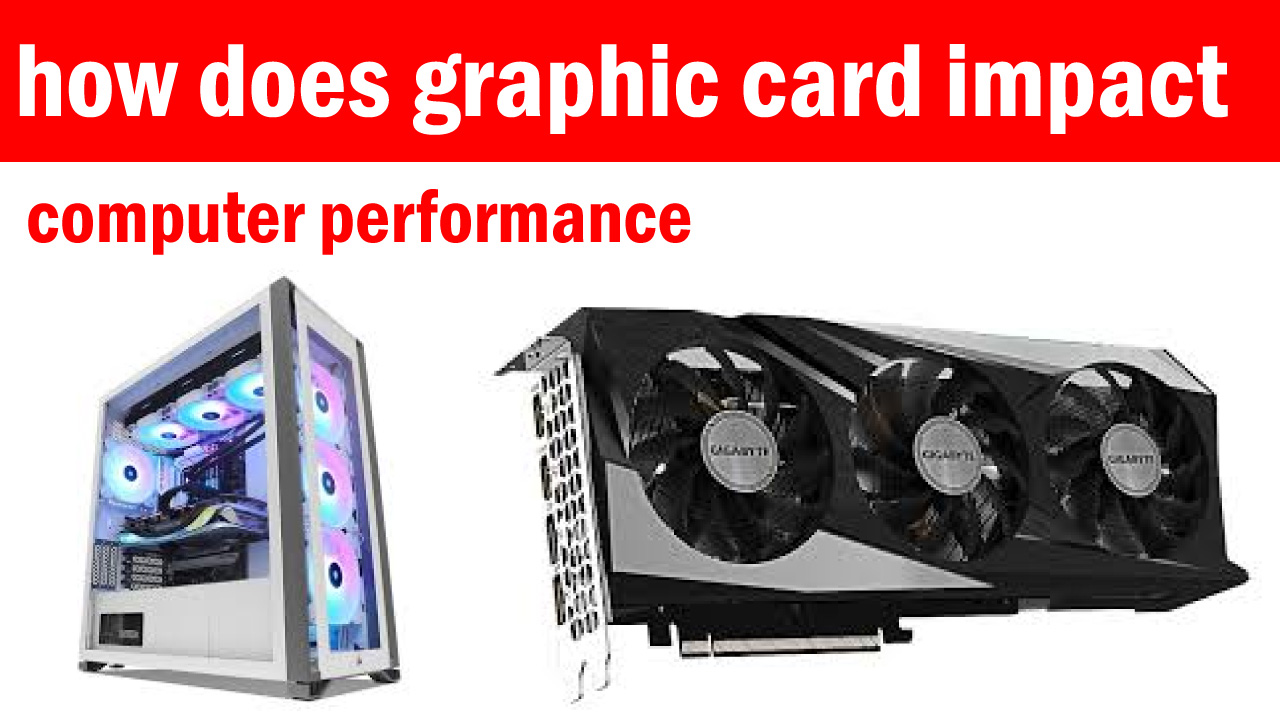
How Does a Graphic Card Impact Computer Performance
Introduction
Computer performance is important in many facets of our life in today’s fast-paced digital environment, from gaming and entertainment to work and creativity. The graphic card, commonly known as the graphics processing unit (GPU), stands out among the many components that affect computer performance as a critical component. We’ll look into the importance of graphic cards and their effect on overall computer performance in this post.
Fundamentals of Graphic Cards
Graphics Processing Units (GPUs): An Overview
A graphic card is a specialized piece of hardware made to render graphics on a computer monitor, including images, videos, and animations. In contrast to the central processing unit (CPU), which handles general-purpose activities, the graphics processing unit (GPU) is tailored for the intricate mathematical calculations required for generating graphics.
Various Graphic Card Types
Built-in GPUs
Specialized GPUs
Because they are part of the CPU and share system memory, integrated GPUs are appropriate for simple visual operations. Dedicated GPUs, on the other hand, are independent parts that have their own memory and processing power, offering better performance and rendering skills.
Effects on Gaming
Improvement of Visual Quality
In terms of gaming, graphic cards significantly improve the visual quality of the experience. High-end GPUs feature cutting-edge technology like ray tracing and shading methods, simulating real-world lighting and reflections to produce amazingly lifelike images.
How to Increase Frame Rates
Frame rates are important in gaming since they affect how fluidly the game plays out on the screen. Even in demanding games, a strong graphics card can quickly handle complicated computations, enabling better frame rates and fluid gameplay.
Applications for Professionals
Visual Arts and Video Editing
Graphic cards are essential for accelerating rendering times and increasing productivity for graphic designers and video editors. Rendering complicated 3D models or high-resolution films might take a long time on CPUs alone, but a powerful GPU drastically speeds up the processing.
Science simulations and machine learning
Modern graphics cards can perform jobs other than graphics. They are useful for machine learning activities and scientific simulations due to their parallel processing capabilities. GPUs can be used by researchers to more effectively mimic complicated systems and train deep learning models.
Impact of GPU Factors on VRAM (Video RAM) Capacity
How much data a graphic card can store for rendering is determined by its VRAM capacity. To efficiently handle massive graphical files and high-resolution textures, more VRAM is required.
GeForce Architecture
Performance and efficiency levels vary amongst different GPU architectures. Modern architectures frequently include improvements to speed up rendering and increase productivity.
Factors to Balance for Optimal Performance
GPU and CPU Interaction
Although essential, graphic cards cooperate with the CPU. For the system to function at its best, both parts must complement one another.
Overclocking and Cooling
For ensuring constant performance and avoiding overheating, proper cooling solutions are essential. When done carefully, overclocking can increase the GPU’s performance.
Conclusion
In conclusion, a graphic card has a significant impact on a computer’s performance, especially when it comes to gaming and business applications. Both professionals and enthusiasts need a strong GPU since it may improve visual quality, increase frame rates, and speed up complicated operations.



